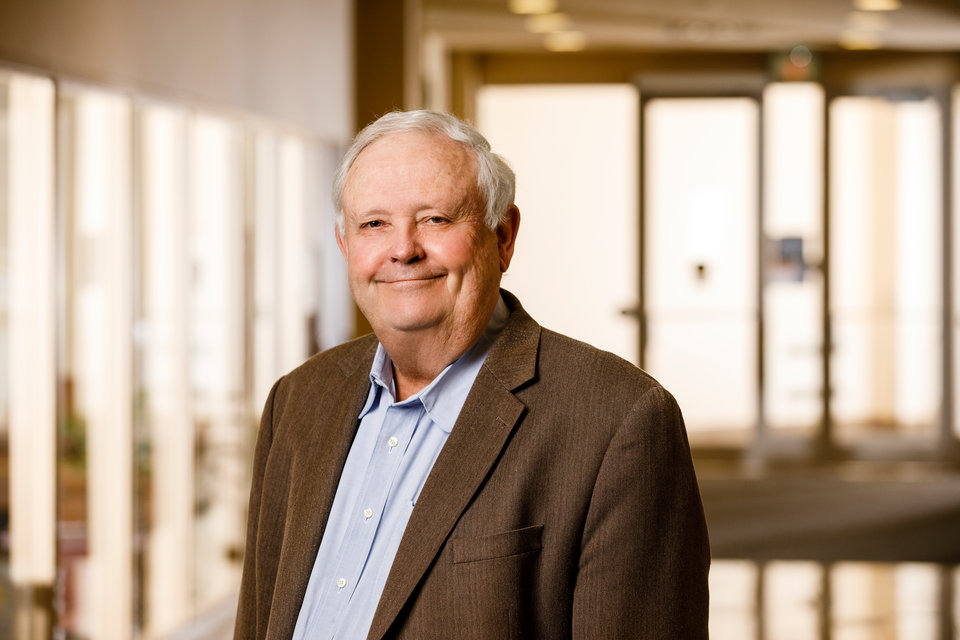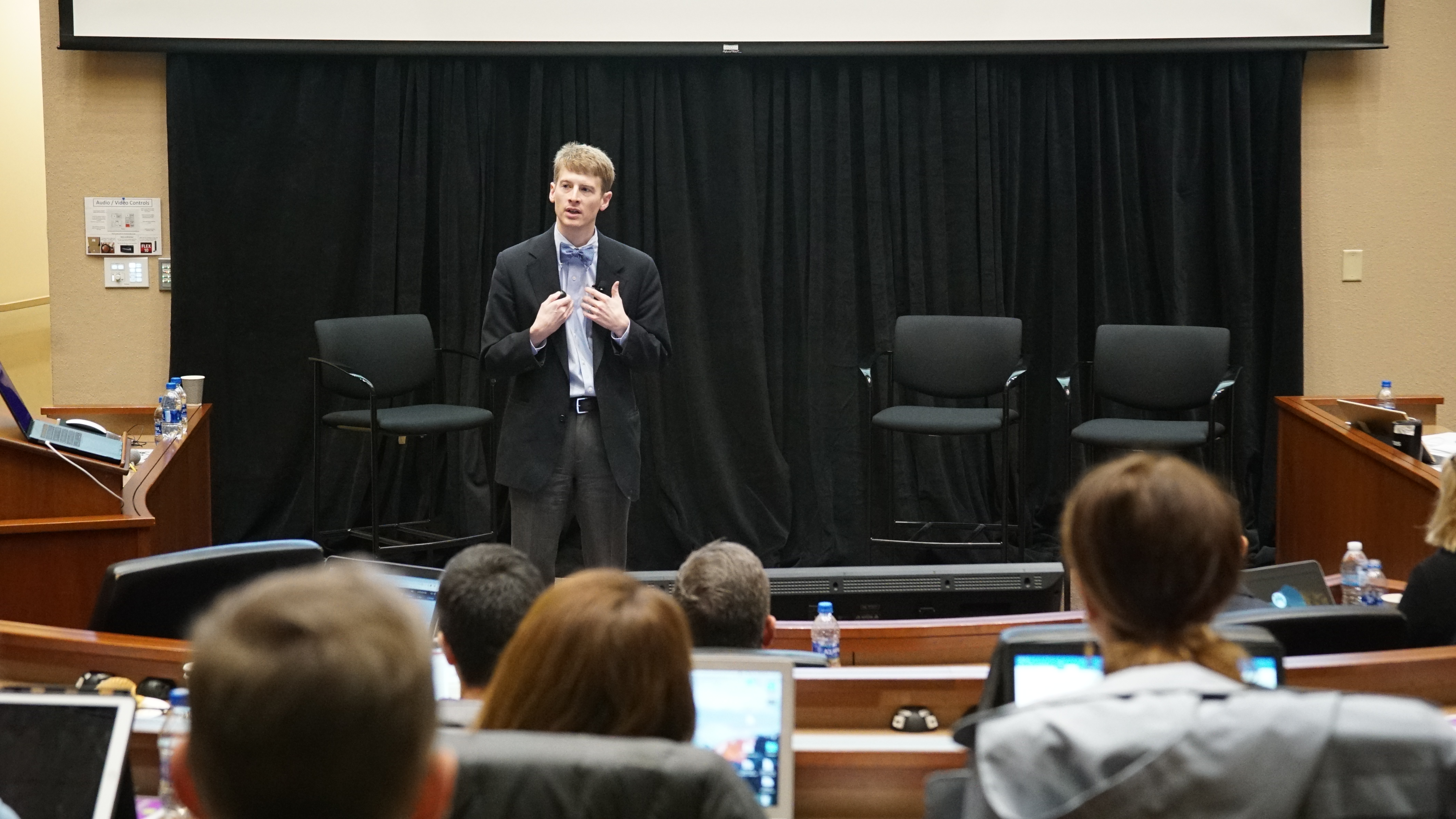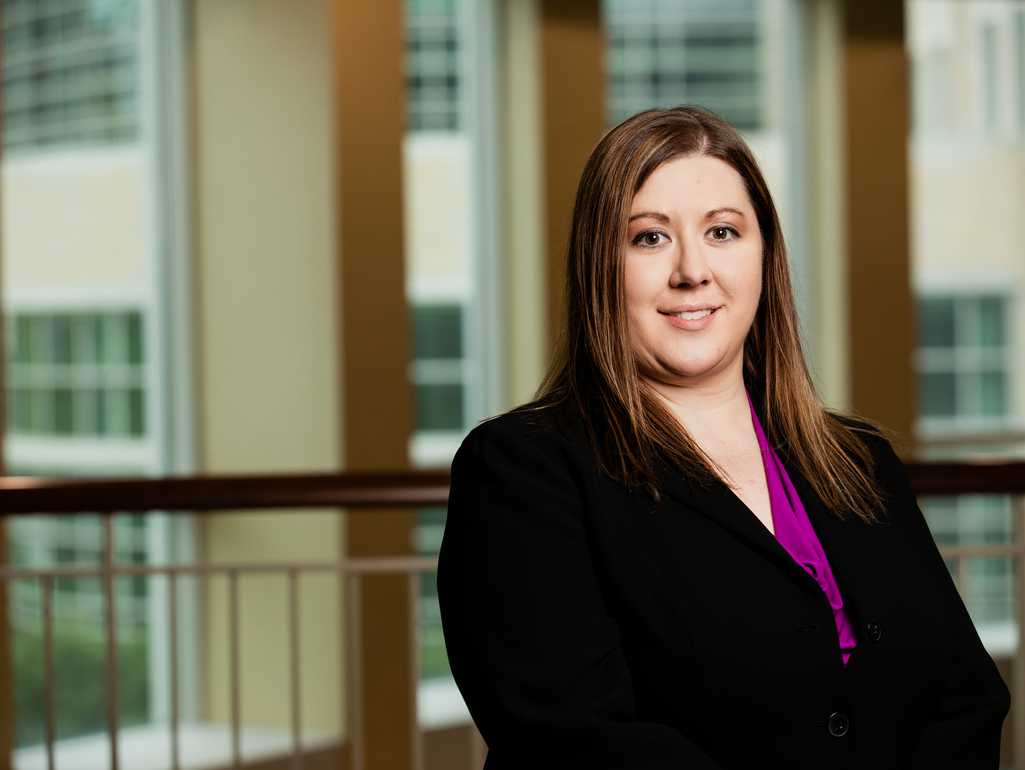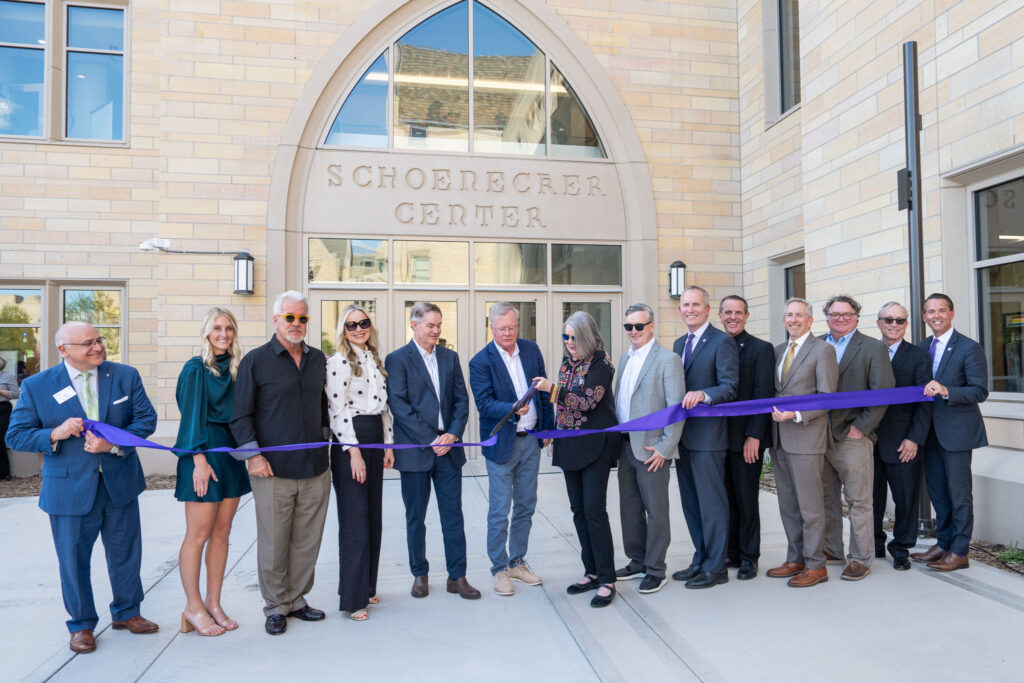Tommie Experts taps into the knowledge of St. Thomas faculty and staff to help us better understand topical events, trends and the world in general.
The Newsroom recently connected with Daniel McLaughlin, director of the Center for Innovation in the Business of Health Care at Opus College of Business, following The Future of Health Care Conference. The discussion ranged from AI replacing doctors to data analytics to the trust problem technology companies have.
Along with blockchain and other growing areas of data application within the Center for Innovation in the Business of Healthcare, St. Thomas' School of Engineering also has a graduate certificate in healthcare analytics and recently announced the launch of its Center for Applied Artificial Intelligence.
This interview has been edited for length and clarity.
Let’s start with the topic on everyone’s mind: artificial intelligence (AI). Can doctors be replaced by AI? Will AI replace others in the medical profession?
AI means artificial intelligence, which is computers doing the work that otherwise would be done by humans. The question is, “Will computers replace doctors?” The answer is: not directly, but computers will certainly replace some of the tasks that doctors do today.
There are two reasons I say that. First, the world of artificial intelligence is still embryonic; there still are new things coming along. AI can work well for very specific problems, but it doesn’t do well with general problems.
Number two is empathy. One of the reasons that you go to a doctor is to have another human being say, “That’s really too bad you got XYZ. Here’s what we can do about it.” That is an empathetic thing that I don’t think a computer is going to be able to replace.

Daniel McLaughlin, director of the Center for Innovation in the Business of Health Care at Opus College of Business
One speaker at The Future of Health Care Conference said, “Any doctor that can be replaced by a computer should be replaced by a computer.” What’s your take on this statement?
On the very basic level, of course that’s true. The truth is that most of the tasks that a doctor does are not replaceable by computers. There are parts of their job that certainly can be replaced by some sort of automation. People are working like mad on that topic. We heard some good examples at The Future of Health Care Conference, including natural language and remote monitoring. Now you have computers doing tasks that nurses or people used to do.
AI and data analytics can make health care more patient-centered. How does that inform how doctors treat patients?
When you talk to doctors today about their work life, the thing that frustrates them is the amount of time they have to spend on bureaucratic activities. They don’t have the time to look the patient in the eye and talk to them.
In 2009-10, there was federal stimulus money to automate electronic health records, so everybody automated electronic health records. The electronic health records were driving everyone crazy who was using them, because the early days of electronic health records just emulated the paper record. That’s a bad way to design a system. It made it extremely awkward.

Dr. Edward Lee, EVP and chief information officer of The Permanente Federation, discusses innovation at Kaiser Permanente.
Edward Lee of The Permanente Federation described it best at The Future of Health Care Conference. What he sees coming – and Kaiser Permanente has the horsepower to do this – is the doctor walks into the exam room, has a tablet with data on it, looks you in the eye, goes through the whole exam, and it’s being listened to by a Siri-like system that’s doing natural language processing. The computer has taken all of that and made it into a note that goes into the medical record, a prescription goes off to the pharmacy and the patient gets a recap email. That’s where AI really makes a difference.
How does data drive the quality of health care?
One of the advantages of electronic health records is that you do have a lot of data. A couple of speakers at The Future of Health Care Conference talked about clinical variation, which is that different professionals treat people differently. It’s mostly because of how they were trained.
With electronic medical record systems, professionals can go through all the records and see which doctors are doing the best practices and which aren’t.
Jay Bronner of Radiology Partners shared that, thanks to the development of a natural language tool called recoMD, Radiology Partners has been able to improve best practices compliance from 50% to 90% in radiology practices across the nation.
Radiology Partners is a very large organization that has a national presence in radiology groups. One of the things they discovered when they started looking at their own data from practices around the country is that the way that radiologists traditionally have done readings is that they would diagnose the image and say, “We see X, Y and Z,” and that would be the end of the radiology consult because they were giving it to a surgeon. They weren’t going to insult the surgeon by saying, “… and you ought to operate.”
Radiology Partners noticed that some patients weren’t getting the needed interventions; they weren’t getting surgery. They saw that the person receiving the transmission was not a physician in some cases. It was a nurse practitioner or a physician assistant who didn’t have the training to understand what the image said.

Dr. Jay Bronner, chief medical officer of Radiology Partners, shares how the organization uses AI.
Radiology Partners decided to start making recommendations. Now you’re moving from the analytics to the operations side. In the operational system, they looked first at who was receiving the image. If it was being sent to a surgeon, Radiology Partners would continue sharing the image the same way that they always did. If an advanced practice person would be receiving the image, Radiology Partners would make a very polite recommendation. That saved people’s lives.
The second thing that Radiology Partners did, which is where AI really gets strong, is use natural language processing. The computer provides the best practice for each situation and tells the radiologist whether to give the recommendation or not based on who is receiving the image. And they haven’t had to change their workflow.
Radiology Partners made a huge quality improvement while making the process more efficient for the radiologist.
How does AI help with physician burnout?
It very positive because it gets rid of the mundane clerical work that doctors have to do. If you’re a highly skilled professional who wants to use the best of your talents and you end up being a typist, it’s frustrating. Physicians also feel a lot of time pressure.
If instead you get to spend all of your time on patient contact and intellectually challenging problems that a computer can’t do, that’s a fun job.
What will it take for the health care industry to get to the same point of technology convenience and capabilities that consumers are used to in other industries?
At The Future of Health Care Conference, Dr. Brad Crotty of Inception Health talked about something I heard for the first time: prescribing apps and wearables. Inception Health then takes the data, runs it through algorithms, and it shows up in the medical record.
Inception Health uses tools like Glooko to manage diabetic patients and has digital programs in use in other areas such as mental health, maternity, hypertension and more.

Dr. Brad Crotty, medical director for digital innovation at Inception Health, talks apps and wearables.
Technology companies have a trust problem. How can the health care industry leverage the trust that a doctor has with a patient to incorporate technology?
The big tech companies have a problem. How much are you going to let your health care be done by a giant tech company with people in Silicon Valley? For a long time, it’s still going to be that most health care is going to be local. You want to visit a doctor at a brick-and-mortar location.
The traditional model of visiting the doctor is evolving. What are the good and bad aspects of that?
It’s good that you no longer have to drive, park and sit in a waiting room. Contrast that with telemedicine, which is convenient. There is something about that human connection when you’re in the same room. There are some things that you are willing to do with a computer screen, and other things you won’t.
Is there anything else you would like to add?
We have a grant from the GHR Foundation that is letting us improve our skills in teaching digital. A number of our faculty members have gone to educational conferences. The course I teach right now, Overview of the Health Care System, has a whole section on digital tools.
We have a new program, Master of Science in Health Care Innovation. You look at all the tools coming along, and you realize that there is a need to innovate. Innovation is hard in health care. What it really means is new cool ideas, like the ones we’re talking about.
I did my own AI project on The Future of Health Care Conference, analyzing the questions from the audience. AI was a hot topic. Other areas of interest related to costs, caregivers and payment.
Also, I encourage people to check out the notes from the conference that my colleague Joe White posted on LinkedIn.







